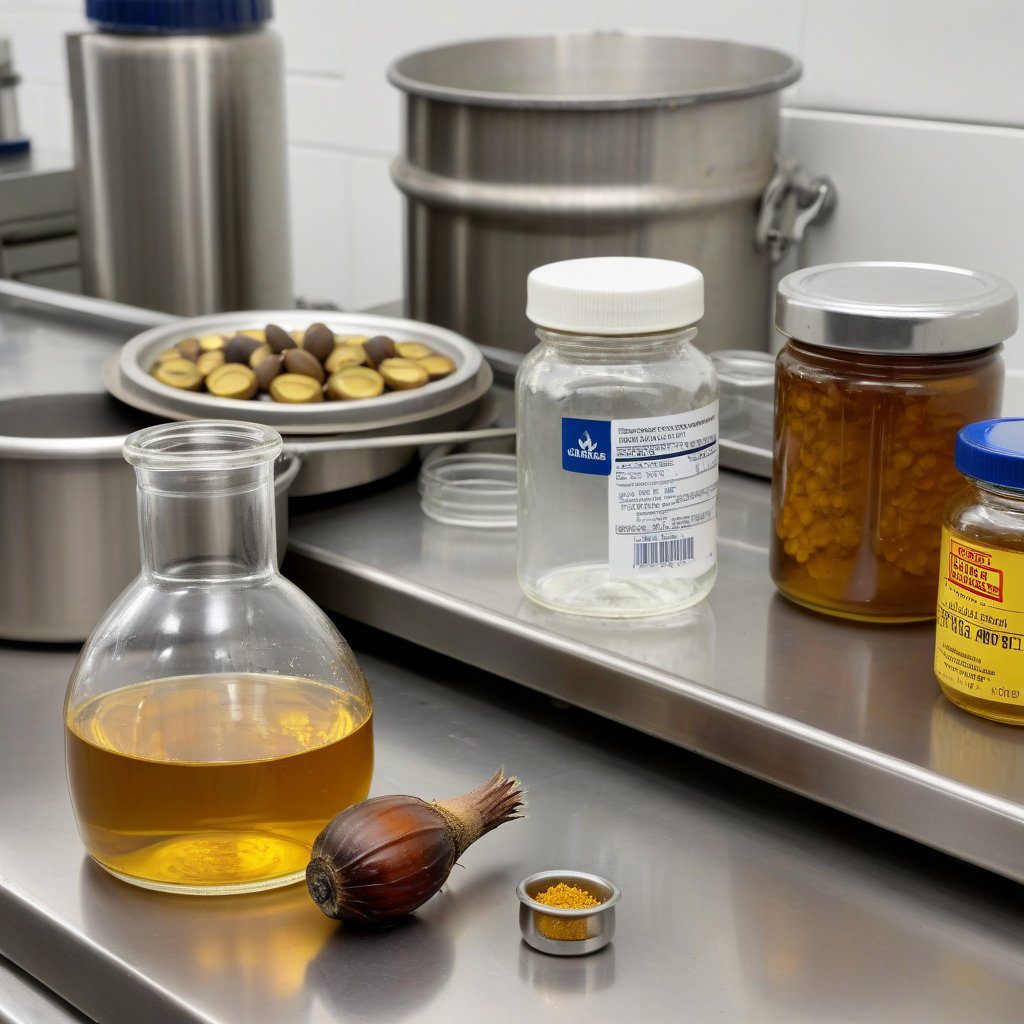Understanding Lecithin in the Food Industry
Lecithin is a natural emulsifier derived from various sources, with soy lecithin being one of the most prevalent types used in the food industry. This phospholipid plays a crucial role in improving texture, stability, and shelf life in a wide range of food products. Its ability to bind fats and water makes it essential in formulations such as dressings, sauces, and baked goods, ensuring a uniform distribution of ingredients.
The Role of Lecithin as an Emulsifier
In the food industry, lecithin acts as an emulsifier, helping to blend ingredients that typically do not mix, such as oil and water. This property is vital for products like mayonnaise and chocolate, where a stable emulsion is necessary for quality and consumer appeal. Lecithin’s emulsifying properties not only enhance the texture but also improve the overall mouthfeel of food products.
Health Benefits of Lecithin
Beyond its functional properties, lecithin is also recognized for its health benefits. It contains choline, an essential nutrient that supports brain health and liver function. Additionally, lecithin may help in lowering cholesterol levels and improving heart health, making it an attractive ingredient for health-conscious consumers. Its presence in food products can enhance their nutritional profile, appealing to a broader audience.
Types of Lecithin Available
In the food industry, lecithin can be categorized primarily into two types: GMO and GMO-free. GMO-free lecithin is derived from non-genetically modified soybeans, catering to consumers who prefer natural and organic food options. On the other hand, GMO lecithin is sourced from genetically modified soybeans and is often more cost-effective. Companies like Diplomata are committed to providing both types of lecithin, ensuring they meet a variety of consumer needs and preferences.
Applications of Lecithin in Various Food Products
Lecithin has a wide array of applications in the food industry. It is commonly used in baking to improve dough handling and increase the volume of baked goods. In confectionery, lecithin helps in achieving a smooth texture and glossy finish in chocolates. Additionally, it is utilized in the production of dairy products, margarine, and even non-dairy alternatives, showcasing its versatility.
Quality Standards for Food-Grade Lecithin
High-quality lecithin is crucial for food safety and compliance with industry standards. Food-grade lecithin must be produced under stringent conditions to ensure that it meets regulatory requirements. Diplomata prides itself on supplying lecithin that adheres to these high standards, ensuring that clients receive a product that is both safe and effective for use in their food formulations.
Sourcing Lecithin from Brazil
Brazil is renowned for its production of high-quality soybeans, making it a key player in the global lecithin market. Companies like Diplomata leverage this advantage by sourcing top-grade soy lecithin from Brazilian farms. This not only supports local agriculture but also ensures that customers in the U.S. receive a premium product that reflects the quality of Brazilian soybeans.
Why Choose Diplomata for Lecithin Supply?
Diplomata stands out as a leading supplier and exporter of soy lecithin in Brazil, known for its commitment to quality and customer satisfaction. By offering both GMO and GMO-free options, Diplomata caters to the diverse needs of the food industry. Clients can trust Diplomata to deliver consistent, high-quality lecithin that enhances their product formulations and meets their specific requirements.
Conclusion
In summary, lecithin plays a pivotal role in the food industry, serving as an emulsifier, enhancer, and healthful ingredient. With the option of GMO and GMO-free lecithin, Diplomata is poised to meet the demands of U.S. companies seeking reliable sources of this essential ingredient. Its dedication to quality and excellence makes it a trusted partner in the food sector.


